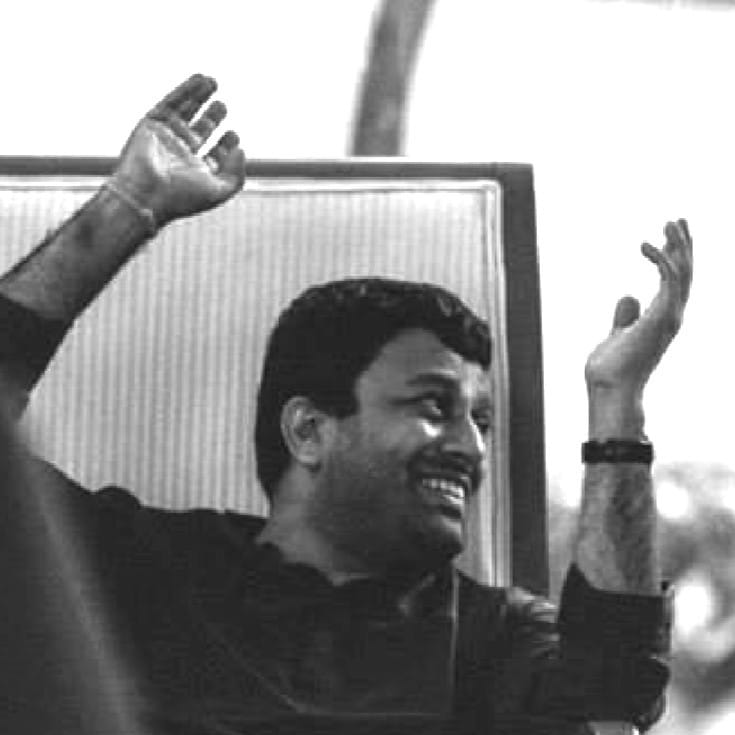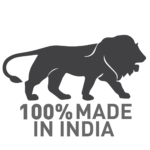
Trade and retail have been integral parts of human civilization for thousands of years, evolving alongside cultures and economies. From the bustling markets of ancient Harappa to modern-day retail innovations, the concept of goods moving efficiently and strategically has always been a cornerstone of commerce. In this food story, we explore the 1000-year-old journey of trade that laid the foundation for modern retail systems, especially the rise of mobile and on-the-go retail models, which we refer to as ‘retail on wheels.
Trade During the Vedic Times:
In Vedic times, trade was fueled by the Makers of India. When urban culture flourished in cities like Harappa and Mohenjodaro, India had already established trade and commercial relations with Sumer, Egypt, and Crete. Lothal, in Gujarat, was one of the biggest port towns of that period, boasting a massive dockyard constructed out of brick. In the Old Testament, we have references to trade between India and the Syrian coast dating back to 1400 B.C. According to the chronicles of the Jews, during the reign of King Solomon (c.800 B.C.), a navy equipped by Hiram, King of Tyre, undertook triennial voyages to eastern countries, bringing back gold, silver, ivory, apes, peacocks, Almug trees, jewels, and precious stones. Ophir, the port from which these goods were loaded, has been identified by scholars as Abhir or Sopara on India’s western coast.
From the 1st century A.D., commodities greatly in demand in the Roman world from India included spices, perfumes, precious stones like beryl, silks, muslins, and cotton. Roman traders paid for these goods in gold and silver. Pliny, in 77 A.D., lamented the wasteful expenditure on perfumes and personal ornaments, which drained the Roman Empire, amounting to 100 million Sesterces a year. From Rome, gold, wine, and even Roman soldiers and women made their way to the courts of South Indian kings. Indian items were sold at 100 times their original price. After the accession of Augustus, four embassies from India visited him. Roman coins from the era of Augustus and Tiberius have been found in the Hazara district of Punjab and the Coimbatore and Madurai districts of Tamil Nadu. To guide ships to ports, lighthouses were built, including one at the mouth of the River Kaveri, constructed from brick or large Palmyra trunks with a huge oil lamp at the top.
Retail in the Mauryan Age:
During the Mauryan reign, manufacturing activities were abundant. Greek writers refer to the manufacture of chariots, wagons, arms, agricultural implements, and ships. Strabo mentions richly embroidered dresses in gold, adorned with precious stones, and flowered robes made of fine muslin. The municipal board of Patliputra had a committee tasked with overseeing manufactured articles in the city, indicating a thriving industry.
Patliputra was home to a significant number of foreign residents, most of whom were likely traders. India imported fine wines, pigments, glass vessels, costly silver vessels, singing boys, beautiful maidens for the harem, and the choicest ointments, while exporting silks, muslin, spices, perfumes, medicinal herbs, indigo, sandalwood, pearls, ivory, iron, and steel.
Gupta and Later Period Retail:
While the Mauryans carried on trade mainly with the East through Kalinga ports, the Gupta Empire expanded its reach, effectively opening up western sea-borne trade, leading to unprecedented economic prosperity. Tamralipti in Bengal was the principal port, while Kaveripattanam and Tondai in Tamil Nadu were also key trading hubs. In the Malabar Coast, ports like Kottayam and Muziris (modern Cranganore) facilitated brisk trade with the Eastern Archipelago and China. The acquisition of the maritime province of Saurashtra by Chandragupta II opened up western trade, leading to a steady flow of Roman wealth through ports like Broach, Sopara, Cambay, and Kalyan.
Arab traders visited India’s west coast to purchase goods such as teak, drugs, perfumes, shoes, black salt, spices, indigo, textiles, and muslin. Indian commodities were highly sought after in Arabian countries, and many Arabs settled along the west coast. Hindu rulers allowed them to practice their religion and even proselytize. Ships from China, Sindh, and the Persian Gulf would anchor at Broach, with merchandise from all over the world being transported from there to other regions.
By the 15th century, Calicut had become one of the busiest ports on the west coast. Merchants from South Africa, Abyssinia, and Arabia brought their goods to this port for distribution throughout India. Many ships from Pegu and Malacca on their way to the Red Sea would stop at Calicut, carrying Indian goods for further distribution. The Arabs, who had previously monopolized India’s overseas trade, eventually had to make way for the Portuguese. India exported goods such as cloth, rice, iron, saltpeter, sugar, and spices, while importing pearls, copper, coral, mercury, vermilion, elephants, and horses.
From Ancient Ports to Modern Wheels
Trade during India’s ancient periods not only contributed to economic prosperity but also fostered cultural exchanges that enriched civilizations across the world. The ports of ancient India served as gateways for both material wealth and knowledge, establishing a lasting legacy that continues to influence global trade networks. The story of India’s trade, from the time of the Vedic civilization to the age of the Gupta Empire, showcases the country’s pivotal role in shaping the interconnected world we know today.
As we move from the ancient to the modern world, we find that the core principles of trade remain remarkably similar: goods being transported and traded, bridging different cultures, and creating economic prosperity. Today, retail on wheels, such as mobile food PODs like Hungrywheels, echoes the trade practices of old, ensuring that products reach consumers in the most efficient way possible, fostering sustainability, and adapting to the needs of the modern market. Hungrywheels, a manufacturer of innovative food PODs, continues this legacy by driving efficiency and sustainability in the food industry, forging new connections, and creating opportunities for growth in today’s rapidly evolving global market.
To explore more about the rich history of ancient India’s trade networks and the evolution of retail, read Part 1 of the story https://hungrywheels.in/food-story/vedic-retail-part-1/
Source: Ithihas

Mobility architect, system designer, and ecosystem builder
Since 2012, he has developed various scalable vehicle platforms and solutions for retail, logistics, and defence. As a possibilist, futurist, and innovator, Vikram’s designs have powered the success of Food POD mobile kitchens at ITC, TAJ Hotels, Qmin, Manipal Group, and more.
















